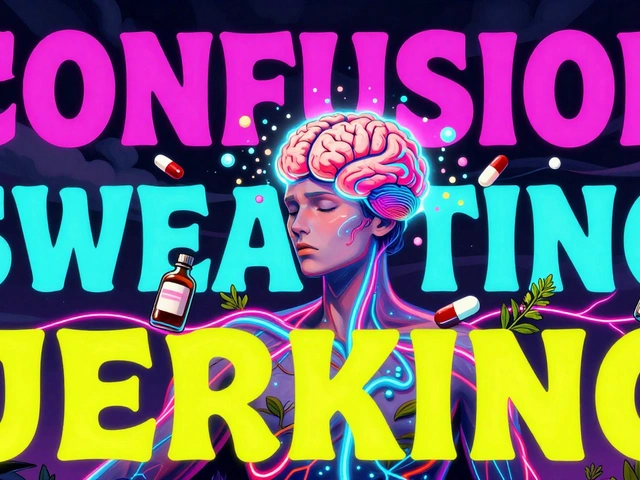Compression Therapy for Edema: How It Works and What Works Best
When your legs feel heavy, swollen, or tight, you might be dealing with edema, the buildup of fluid in tissues that causes visible swelling. Also known as fluid retention, it often shows up in the ankles, feet, or legs and can come from sitting too long, heart issues, or poor circulation. One of the most effective, non-drug ways to manage this is compression therapy, the use of specially designed garments that apply steady pressure to help move fluid out of swollen areas. This isn’t just for older adults—it’s used by people recovering from surgery, pregnant women, travelers on long flights, and even athletes with muscle soreness. The goal is simple: squeeze gently but firmly to push fluid back toward the heart and keep it from pooling.
Compression therapy works best when it matches the cause. If you have venous insufficiency, a condition where leg veins struggle to send blood back up to the heart, compression stockings help replace the weakened valve function. For lymphedema, a chronic condition where the lymph system can’t drain fluid properly, compression is often part of a daily routine that includes massage and movement. The right level of pressure matters—too loose does nothing, too tight can cut off circulation. Most people start with Class I or II stockings (20-30 mmHg), but a doctor or therapist should guide the choice.
It’s not just about socks. Compression wraps, bandages, and even pneumatic pumps are used depending on severity and lifestyle. You don’t need fancy gear to get results—consistent use does. Many people skip it because the stockings feel hot or look unattractive, but modern versions are lightweight, breathable, and come in skin tones or even patterns. The real win? Less swelling means less pain, fewer skin sores, and better mobility.
What you’ll find in the posts below isn’t just theory—it’s real advice from people who’ve lived with swelling, pharmacists who’ve seen what works, and clinicians who’ve tracked outcomes. You’ll learn how to pick the right compression level, avoid common mistakes, and understand when it’s time to combine therapy with medication. No fluff. Just what helps—and what doesn’t.
Edema in CKD: How Diuretics, Salt Restriction, and Compression Therapy Work Together
Edema in chronic kidney disease is caused by fluid buildup from poor sodium control. Learn how diuretics, salt restriction, and compression therapy work together to reduce swelling safely and effectively.





